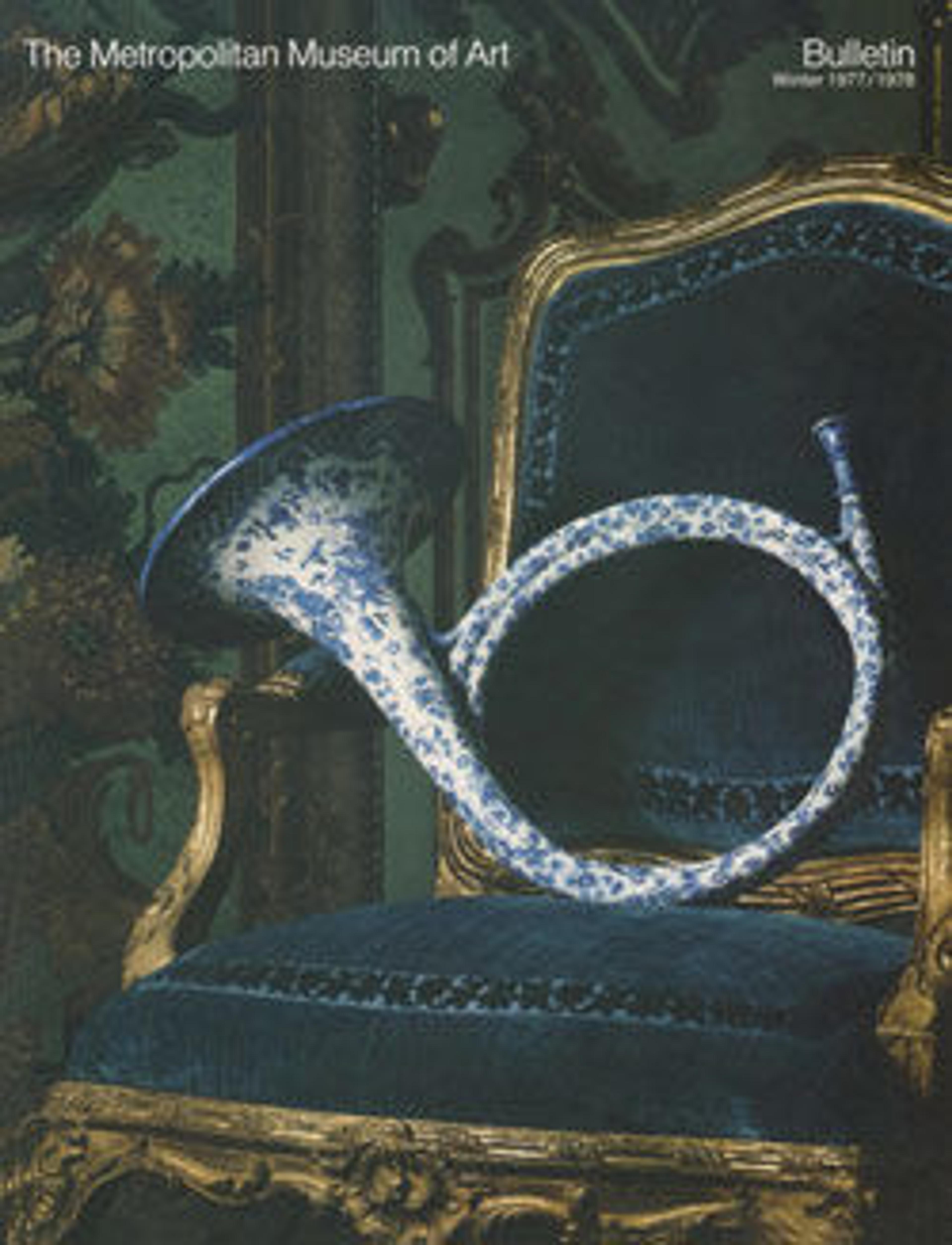Apa
Apa with open end carved to resemble crocodile jaws, and incising highlighted with lime. The lizard-skin head may be attached with an adhesive containing human blood.
Single-headed, hourglass-shaped drums often with a central handle, distinct from the cylindrical, freestanding drums of Polynesia, are found only in Melanesia. In New Guinea and surrounding islands they are called by various names including apa and kundu, a pidgin dialect term. The drumheads are made of reptile skin in the lowlands and of opossum hide in the highlands. These drums are played almost exclusively by men to accompany songs and dance.
Single-headed, hourglass-shaped drums often with a central handle, distinct from the cylindrical, freestanding drums of Polynesia, are found only in Melanesia. In New Guinea and surrounding islands they are called by various names including apa and kundu, a pidgin dialect term. The drumheads are made of reptile skin in the lowlands and of opossum hide in the highlands. These drums are played almost exclusively by men to accompany songs and dance.
Artwork Details
- Title: Apa
- Date: late 19th century
- Geography: Huon Gulf?, Papua New Guinea
- Culture: Melanesian (Huon Gulf?, Papua New Guinean)
- Medium: wood, lizard skin
- Dimensions: 6 1/2 × 30 1/2 × 5 1/2 in. (16.5 × 77.5 × 14 cm)
- Classification: Membranophone-single-headed / waisted drum
- Credit Line: The Crosby Brown Collection of Musical Instruments, 1889
- Object Number: 89.4.762
- Curatorial Department: Musical Instruments
More Artwork
Research Resources
The Met provides unparalleled resources for research and welcomes an international community of students and scholars. The Met's Open Access API is where creators and researchers can connect to the The Met collection. Open Access data and public domain images are available for unrestricted commercial and noncommercial use without permission or fee.
To request images under copyright and other restrictions, please use this Image Request form.
Feedback
We continue to research and examine historical and cultural context for objects in The Met collection. If you have comments or questions about this object record, please contact us using the form below. The Museum looks forward to receiving your comments.
